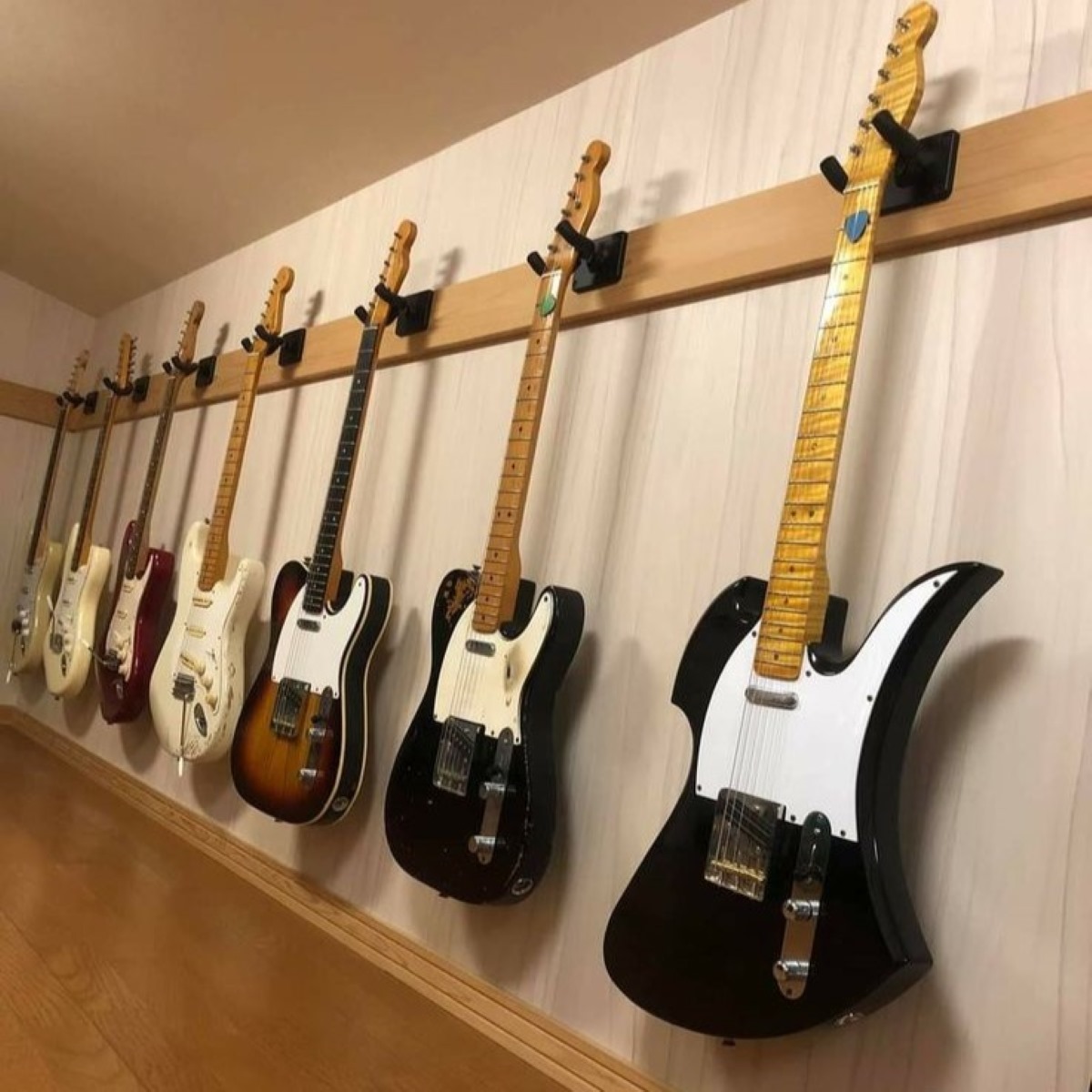

Articles
How To Store Electric Guitar
Modified: February 22, 2024
Learn the best methods for storing your electric guitar in this informative articles. Keep your guitar safe and protected with these helpful tips.
(Many of the links in this article redirect to a specific reviewed product. Your purchase of these products through affiliate links helps to generate commission for Storables.com, at no extra cost. Learn more)
Introduction
Having an electric guitar is not just about playing it; it also requires proper care and storage to keep it in optimal condition. Whether you’re a professional musician or a passionate hobbyist, knowing how to store your electric guitar is crucial to maintain its quality and playability for years to come.
In this article, we will guide you through the process of storing your electric guitar effectively. From choosing a suitable storage space to temperature and humidity control, we’ll provide you with all the necessary information to keep your electric guitar safe and well-preserved. Let’s get started!
Key Takeaways:
- Proper storage of electric guitars involves choosing a suitable space, cleaning and preparing the guitar, determining the ideal position for storage, and using protective cases or gig bags to shield the instrument from potential damage.
- Maintaining temperature and humidity control, regular inspection, and maintenance are crucial for preserving the quality and longevity of electric guitars. By following these practices, guitar owners can ensure their instruments remain in top playing condition for years to come.
Read more: How To Store An Electric Guitar
Choosing a Suitable Storage Space
When it comes to storing your electric guitar, the first step is to find a suitable storage space. Ideally, you should aim for a location that offers protection from environmental factors such as temperature fluctuations, humidity, and direct sunlight. Here are some factors to consider when choosing a storage space for your electric guitar:
- Avoid Extreme Temperature Changes: Fluctuations in temperature can cause significant damage to your guitar’s wood and finish. It’s best to choose a storage area that maintains a relatively stable temperature to prevent warping or cracking of the instrument.
- Controlled Humidity Levels: Excessive humidity can lead to swelling, while low humidity can cause the wood to shrink. Look for a place with moderate humidity levels, preferably between 40% and 50%, to ensure the optimal condition of your guitar.
- Protection from Sunlight: Prolonged exposure to direct sunlight can cause discoloration and damage to the finish of your electric guitar. Find a storage space that is shielded from harmful UV rays to prevent any undesirable effects.
- Keep Away from Hazardous Areas: Avoid storing your guitar in areas where there is a high risk of accidents or damage, such as near heavy machinery, water sources, or areas prone to flooding or leaks.
- No Extreme Humidity-Temperature Conditions: Spaces like basements or attics can have extreme temperature and humidity levels, which can harm your guitar. It’s best to choose a storage area that is well-insulated and can maintain a consistent environment.
By carefully considering these factors, you can select a suitable storage space that will provide optimum protection for your electric guitar. Remember, the goal is to create an environment that mimics the conditions of a controlled environment, allowing your guitar to remain in top-notch condition.
Cleaning and Preparing Your Electric Guitar
Before storing your electric guitar, it’s important to clean and prepare it properly. This will help prevent dirt, dust, and grime from accumulating and potentially damaging your instrument over time. Here’s a step-by-step guide on how to clean and prepare your electric guitar for storage:
- Gather the Necessary Supplies: Start by gathering a soft, lint-free cloth, guitar polish or cleaner, and a set of guitar strings if necessary.
- Remove Any Dirt and Dust: Use a dry cloth to gently wipe away any dirt and dust from the body, neck, and headstock of your electric guitar. Be sure to pay attention to hard-to-reach areas and around the pickups.
- Polish the Guitar: Apply a small amount of guitar polish or cleaner to the cloth and gently rub it onto the guitar’s surface. Use circular motions to remove any smudges or fingerprints. Be careful to avoid getting any polish on the pickups or other electronic components.
- Clean the Fretboard: If your guitar has a rosewood or ebony fretboard, you can clean it using a separate cloth slightly dampened with warm water. Gently wipe the fretboard to remove any dirt or grime, and then dry it thoroughly with a clean cloth.
- Inspect and Replace Strings: Examine the condition of your guitar strings. If they are worn out or corroded, it’s a good idea to replace them before storing the guitar. New strings will help prevent rusting and maintain better tone quality.
- Loosen the Tension: To relieve stress on the guitar neck, loosen the tension on the strings by turning the tuning pegs. This will help prevent warping or bending of the neck during storage.
- Protect the Hardware: If your electric guitar has any removable hardware such as knobs, switches, or tremolo arms, consider removing them and storing them separately to prevent damage or loss.
By following these steps, you can ensure that your electric guitar is clean, polished, and properly prepared for storage. This will not only maintain its appearance but also protect its overall condition during the storage period.
Determining the Ideal Position for Storage
The way you store your electric guitar can have a significant impact on its longevity and playability. It’s important to determine the ideal position for storage to avoid any damage or strain on the instrument. Here are some guidelines to help you determine the best position for storing your electric guitar:
- Horizontal or Vertical Position: When it comes to storing your electric guitar, you have two options – horizontal or vertical. Both positions have their advantages and it ultimately depends on the space available and personal preference. Storing the guitar horizontally, on a flat surface or a guitar stand, can help distribute the weight evenly and prevent any neck bending. On the other hand, storing the guitar vertically can save space and is a good option if you have limited floor space.
- Neck Support: Regardless of the position you choose, it’s important to provide proper support for the guitar’s neck. If storing horizontally, use a neck support or cushion under the headstock to prevent any strain on the neck. If storing vertically, make sure the guitar is secure in a stand or wall hanger that provides adequate neck support.
- Wall Hangers: Wall hangers are a popular choice for vertical guitar storage. They not only save space but also keep the guitar easily accessible for playing. If using a wall hanger, make sure it is securely attached to a stud or stable wall surface. Avoid hanging the guitar near sources of direct heat or excessive humidity, such as radiators or vents.
- Guitar Stands: Guitar stands are a convenient option for horizontal storage. Quality guitar stands provide stability and prevent any accidental knocks or falls. Make sure the stand is sturdy and that the guitar is positioned securely in it. Avoid placing the guitar stand near doorways or high-traffic areas where it could be easily bumped or knocked over.
- Minimum Contact Points: Whether using a stand or wall hanger, make sure to minimize the contact points between the guitar and the storage surface. This will help prevent any potential damage or scratches to the guitar’s finish. Use padded supports or felt pads to create a protective barrier between the instrument and the storage surface.
By considering these factors, you can determine the ideal position for storing your electric guitar. Remember, the goal is to ensure that the guitar is securely supported and protected from any potential harm or damage while in storage.
Using Guitar Stands and Wall Hangers
Using guitar stands and wall hangers is a popular and convenient way to store your electric guitar. They provide easy access to the instrument while keeping it off the ground and protected. Here are some important considerations and tips for using guitar stands and wall hangers:
Read more: How To Store A Guitar
Guitar Stands:
Guitar stands come in various styles and designs, offering stability and support for your instrument. When using a guitar stand for storage, keep the following tips in mind:
- Choose a Sturdy Stand: Ensure that the guitar stand is stable and capable of securely holding the weight of your electric guitar. Look for stands made of high-quality materials and with a solid base.
- Position the Guitar Correctly: Place the guitar on the stand by gently resting the body on the designated supports or arms. Adjust the supports to ensure that the guitar’s weight is evenly distributed.
- Avoid High-Traffic Areas: Position the guitar stand away from high-traffic areas to minimize the risk of accidental bumps or falls. Keep it in a relatively quiet and safe location, preferably in a dedicated music room or studio.
- Use a Locking Mechanism: Some guitar stands come with locking mechanisms to secure the guitar in place. If your stand has this feature, make sure to engage it to prevent any accidental slippage.
Wall Hangers:
Wall hangers offer a space-saving option for storing your electric guitar and can also serve as a decorative element in your music room. Here’s how to use wall hangers effectively:
- Find a Suitable Wall: Choose a wall that is sturdy and capable of supporting the weight of your guitar. Ideally, the wall should be away from direct sunlight, vents, and other sources of extreme temperature or humidity.
- Secure Installation: Ensure that the wall hanger is securely installed. Use appropriate screws or anchors designed for the weight of your guitar and the type of wall material (e.g., drywall, concrete). If unsure, consult a professional or a knowledgeable person for assistance.
- Position the Guitar Correctly: Hang the guitar on the wall hanger by carefully inserting the headstock into the designated neck cradle. Make sure the guitar is stable and securely placed, with the body hanging freely without touching the wall or any other objects.
- Regular Inspection: Periodically check the integrity of the wall hanger and the condition of the guitar’s hanging position. Look for any signs of wear or looseness and address any issues immediately to prevent accidents.
Whether you choose a guitar stand or wall hanger, always be mindful of the surroundings and take necessary precautions to keep your electric guitar safe and secure. These storage solutions not only help protect your instrument but also showcase it as a decoration in your space, making it easily accessible whenever you’re ready to play.
Protecting Your Electric Guitar with Cases or Gig Bags
One of the best ways to ensure the safety and longevity of your electric guitar during storage is by using a case or gig bag. These protective accessories provide a shield against dust, moisture, and other potential hazards. Here’s what you need to know about using cases or gig bags to safeguard your electric guitar:
Hard Cases:
Hard cases offer the highest level of protection for your electric guitar. They are usually made of durable materials such as ABS plastic or fiberglass, providing a rigid and impact-resistant shell. Here are some key points to remember when using a hard case for storage:
- Choose the Right Size: Ensure that the hard case is the appropriate size and shape for your electric guitar. A snug fit will provide better cushioning and prevent any movement inside the case.
- Add Padding: If necessary, use extra padding or cushioning inside the case to provide additional protection for the guitar. This can include soft fabric or foam inserts to absorb shock and prevent any impact damage.
- Store in a Dry Area: Keep the hard case in a cool, dry area away from direct sunlight, excessive humidity, and fluctuating temperatures. Avoid storing it in areas prone to dampness, such as basements or garages.
- Secure Locks and Latches: Make sure that all locks and latches on the hard case are securely fastened to prevent any accidental openings or damage to the guitar.
Read more: How To Store Guitars
Gig Bags:
Gig bags provide a lightweight and convenient option for protecting your electric guitar. They are made of durable fabric and typically come with padding and reinforcement in strategic areas. Consider the following points when using a gig bag for storage:
- Check for Adequate Padding: Ensure that the gig bag has sufficient padding to protect your electric guitar from minor bumps and impacts. Look for thick padded sections around the body, neck, and headstock.
- Choose Water-Resistant Material: Opt for a gig bag made of water-resistant material to protect your guitar from light rain or accidental spills. This will safeguard the guitar’s finish and prevent any water damage.
- Store in a Dry Area: Like hard cases, gig bags should be stored in a dry area to prevent any moisture build-up or damage to the guitar. Keep it away from high humidity areas or places prone to excessive moisture.
- Secure Zippers and Straps: Regularly check the zippers and straps on the gig bag to ensure they are in good working condition. Faulty zippers or loose straps can lead to accidental openings or damage to the guitar.
Whether you choose a hard case or gig bag, using these protective accessories will help shield your electric guitar from potential damage while in storage. Remember to always handle the case or gig bag with care and store it in a suitable environment to maintain the overall condition of your guitar.
Temperature and Humidity Control for Long-Term Storage
Proper temperature and humidity control are essential factors to consider when storing your electric guitar for the long term. Fluctuations in temperature and humidity can cause significant damage to the instrument’s wood, finish, and overall stability. Here are some guidelines to help you maintain the ideal environment for your guitar during storage:
Temperature Control:
Extreme temperatures can have adverse effects on your electric guitar. Here’s what you need to know:
- Avoid Temperature Extremes: Store your guitar in an area that maintains a consistent temperature, ideally between 65°F (18°C) and 75°F (24°C). Avoid locations near windows, vents, heaters, or areas prone to temperature fluctuations.
- Isolate from Rapid Temperature Changes: Sudden changes in temperature can cause the wood to expand or contract, leading to cracks or warping. Avoid storing the guitar in areas with rapid temperature shifts, such as attics or basements.
- Avoid Excessive Heat: Prolonged exposure to high heat, such as leaving your guitar in a car or near heating appliances, can cause structural damage, melt adhesives, and degrade the finish. Always keep your guitar in a cool, well-ventilated area.
Humidity Control:
Humidity levels play a crucial role in preserving your electric guitar. Here’s how to maintain appropriate humidity levels:
- Optimal Humidity Range: Aim for a relative humidity (RH) of around 40% to 50%. This level helps prevent the guitar’s wood from shrinking or swelling, which can lead to fret buzzing, high action, and other issues.
- Use a Humidifier or Dehumidifier: Depending on your climate, you may need to use a humidifier or dehumidifier to control the ambient humidity levels. These devices can help maintain a consistent RH level within the recommended range.
- Avoid Excessive Humidity: Excessive moisture can result in mold growth, warping, and deterioration of the guitar’s components. Keep your guitar away from areas with high humidity, such as bathrooms or damp basements.
- Humidity Control Products: Consider using humidity control products, such as guitar humidifiers or moisture-absorbing packets, inside your guitar case or storage area. These products can help regulate humidity levels and protect your guitar from damage.
By controlling the temperature and humidity levels in your guitar’s storage environment, you can prevent potential damage and ensure its long-term preservation. It’s crucial to monitor these factors regularly, especially during seasonal changes, to make necessary adjustments and maintain the optimal conditions for your electric guitar.
Read more: How To Store Acoustic Guitar
Regular Inspection and Maintenance
Even when stored properly, your electric guitar can still benefit from regular inspection and maintenance. This ensures that any potential issues are identified early on and allows you to take necessary actions to keep your instrument in optimal condition. Here’s a guide to regular inspection and maintenance for your electric guitar:
Inspection:
Frequent inspection allows you to spot any signs of damage or wear and tear that may require attention. Here’s what you should check during your inspection:
- Body and Finish: Inspect the body of your electric guitar for any cracks, chips, or scratches. Check the finish for any signs of damage or discoloration. If you notice any issues, consult a professional to address them promptly.
- Neck and Frets: Examine the neck for any signs of warping or twisting. Check the frets for wear or unevenness. If necessary, consider getting a professional setup or fret job to ensure optimal playability.
- Hardware: Inspect the hardware components, such as the bridge, tuners, and knobs, for any loose parts or signs of corrosion. Tighten any loose screws or replace corroded hardware as needed.
- Electronics: Check the wiring and electronic components of your electric guitar for any loose connections or malfunctioning parts. If you notice any issues with the electronics, consult a professional technician for repairs.
Maintenance:
Regular maintenance helps keep your guitar in top playing condition. Here are some maintenance tasks to consider:
- Cleaning and Polishing: Regularly clean and polish your electric guitar to remove fingerprints, dirt, and sweat. Use a soft, lint-free cloth and suitable guitar cleaning products to maintain the instrument’s shine and protect the finish.
- String Replacement: Change your guitar strings regularly, as worn-out strings can affect tone and playability. Follow the manufacturer’s guidelines or consult a guitar technician for string replacement recommendations.
- Truss Rod Adjustment: Periodically check the neck relief of your guitar and make truss rod adjustments if necessary. This helps maintain the proper string action and prevents issues such as fret buzzing.
- Intonation Adjustment: Check the intonation of your electric guitar and make adjustments if needed. Proper intonation ensures accurate tuning and improves the overall playability of the instrument.
- Protective Storage: Ensure that your guitar is stored in a safe and protective manner, whether in a case, gig bag, or on a stand or wall hanger. This helps prevent accidental damage and extends the lifespan of your electric guitar.
By regularly inspecting and maintaining your electric guitar, you can address any issues promptly and keep your instrument in excellent playing condition. If you are unsure about any maintenance tasks or notice significant problems, it’s always best to consult a professional guitar technician to ensure proper care and maintenance for your electric guitar.
Conclusion
Storing your electric guitar properly is essential for preserving its quality and ensuring its longevity. By following the guidelines outlined in this article, you can maintain the optimal condition of your instrument and protect it from potential damage. Here is a recap of the key points discussed:
Start by choosing a suitable storage space that offers protection from temperature fluctuations, controlled humidity levels, and no direct sunlight exposure. Clean and prepare your electric guitar before storage, ensuring it is free from dirt and grime. Determine the ideal position for storage, whether horizontal on a guitar stand or vertical on a wall hanger.
Consider using cases or gig bags to provide an extra layer of protection against dust, moisture, and other hazards. Maintain proper temperature and humidity control, avoiding extreme temperature changes and using devices such as humidifiers or dehumidifiers when necessary.
Regularly inspect your electric guitar for any signs of damage, wear, or malfunction and address them promptly. Perform routine maintenance tasks such as cleaning and polishing, string replacement, truss rod and intonation adjustments, and protecting your guitar during storage.
By implementing these practices, you can safeguard your electric guitar and ensure it remains in top playing condition for years to come.
Remember, treating your electric guitar with care and investing time in properly storing and maintaining it will not only help preserve its value but also enhance your playing experience. Whether you’re a professional musician or a passionate hobbyist, the effort put into properly storing your electric guitar will undoubtedly be rewarded with years of enjoyment and exceptional sound.
Frequently Asked Questions about How To Store Electric Guitar
Was this page helpful?
At Storables.com, we guarantee accurate and reliable information. Our content, validated by Expert Board Contributors, is crafted following stringent Editorial Policies. We're committed to providing you with well-researched, expert-backed insights for all your informational needs.
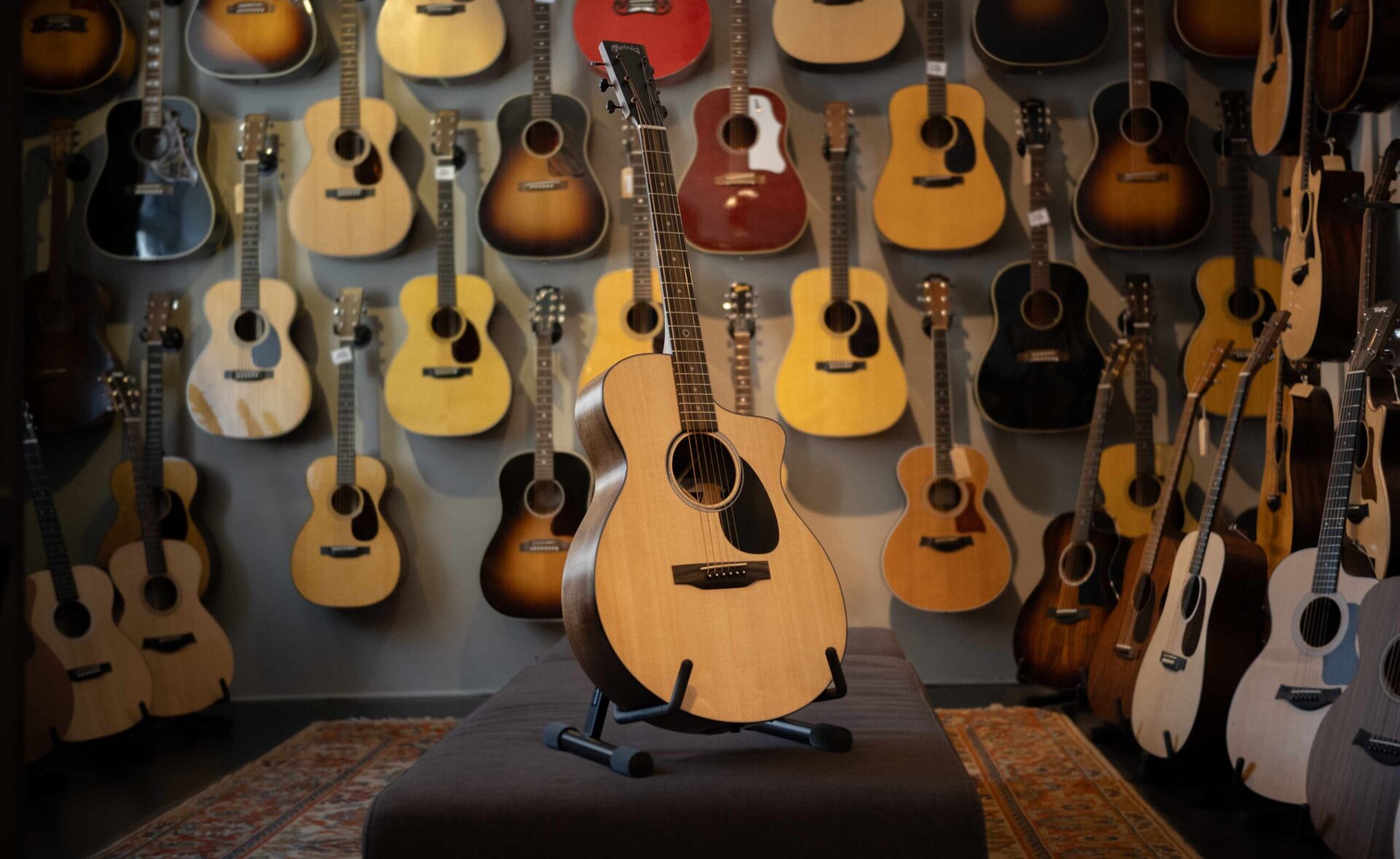
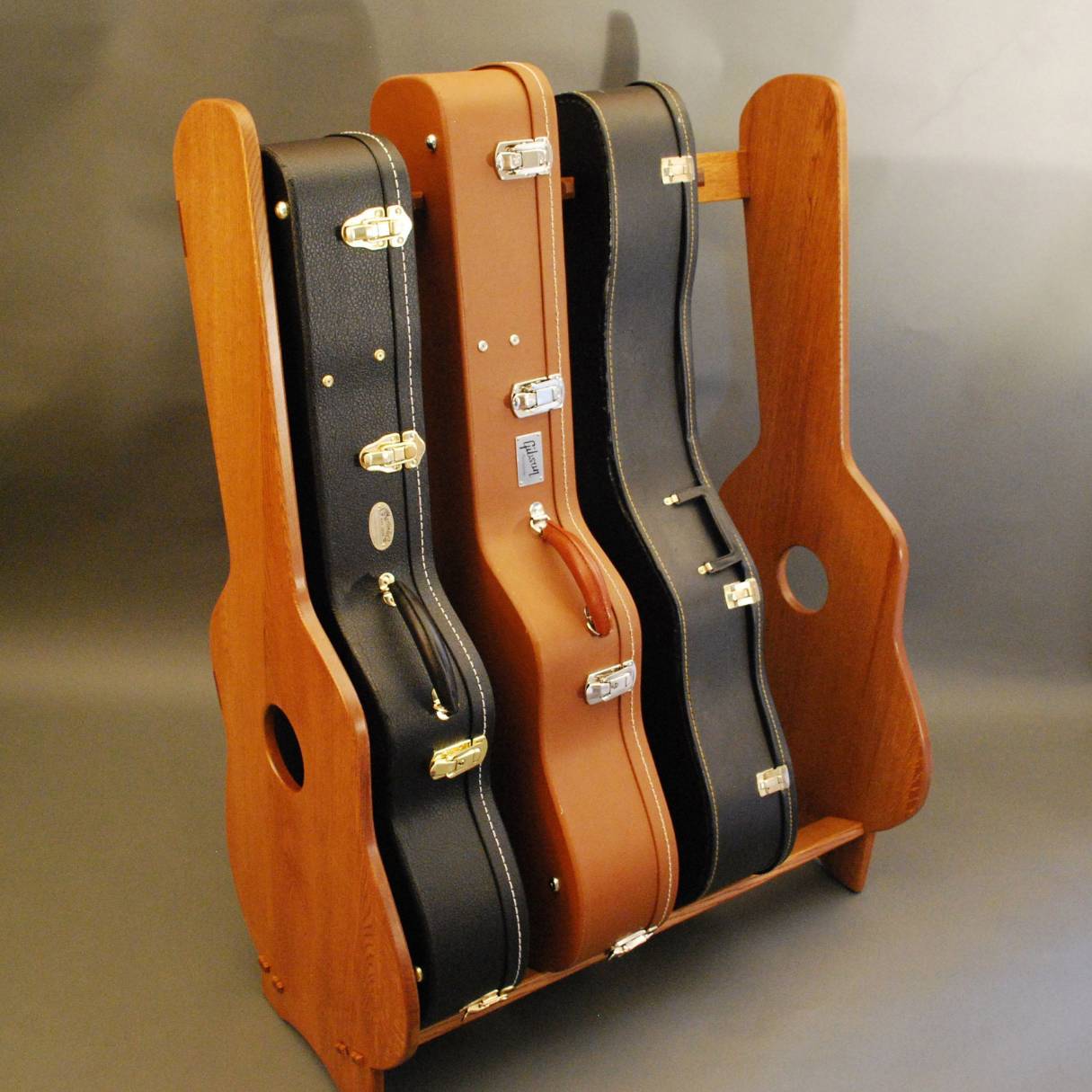
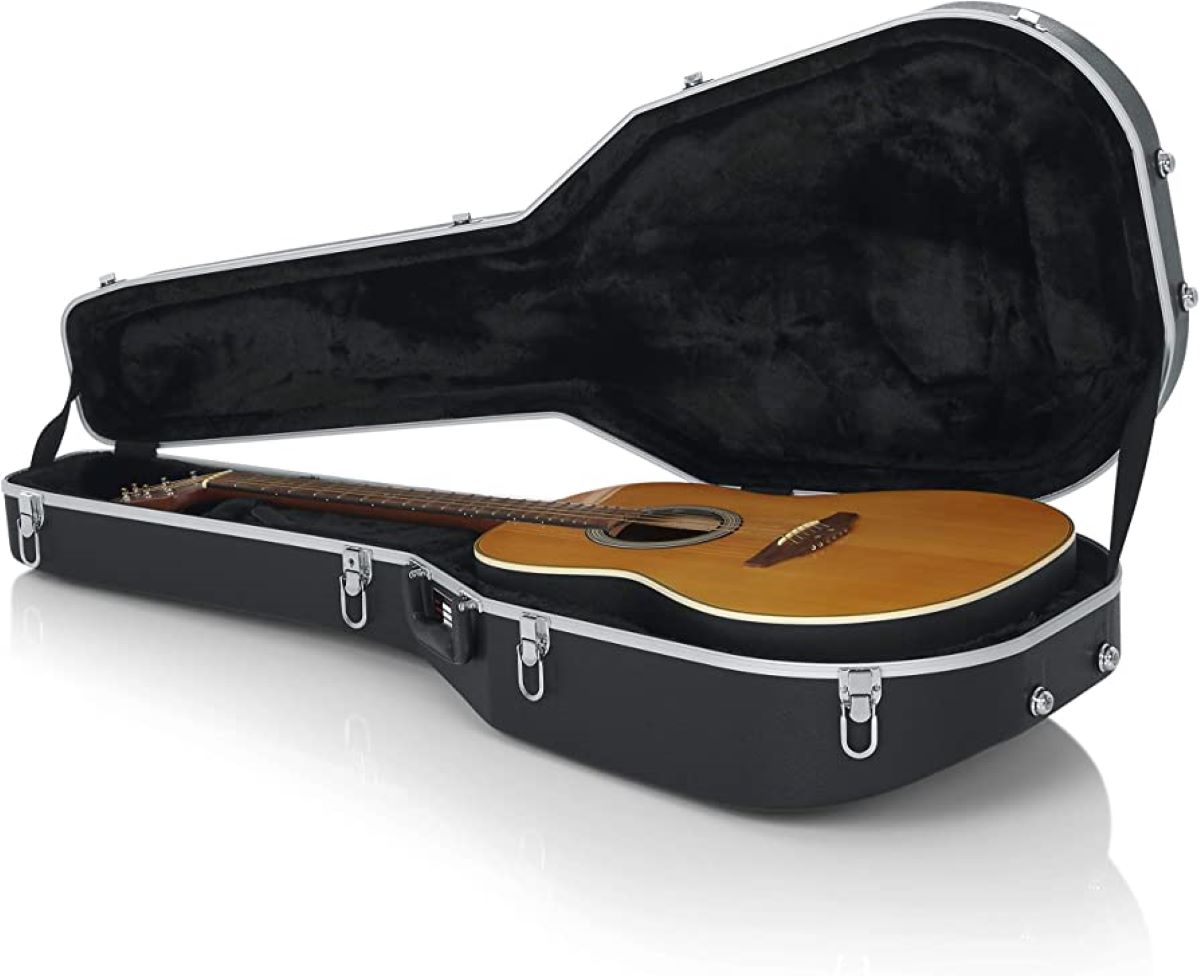
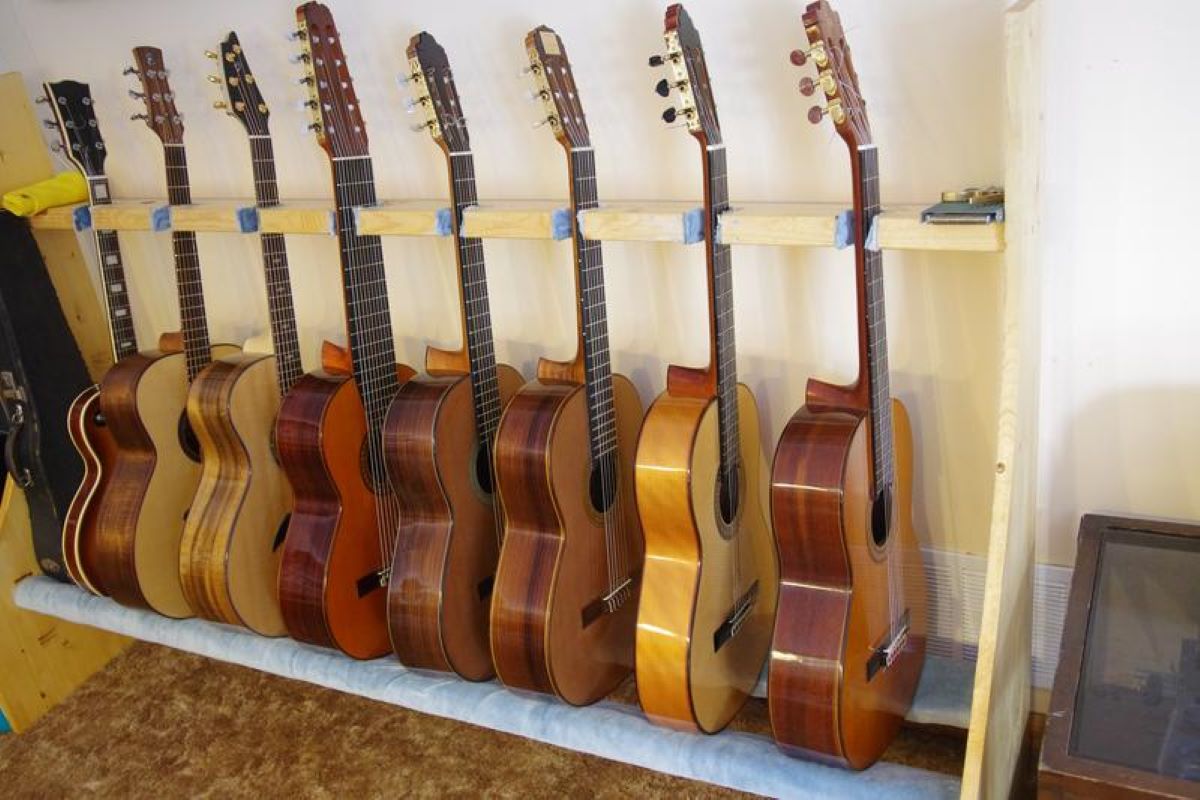
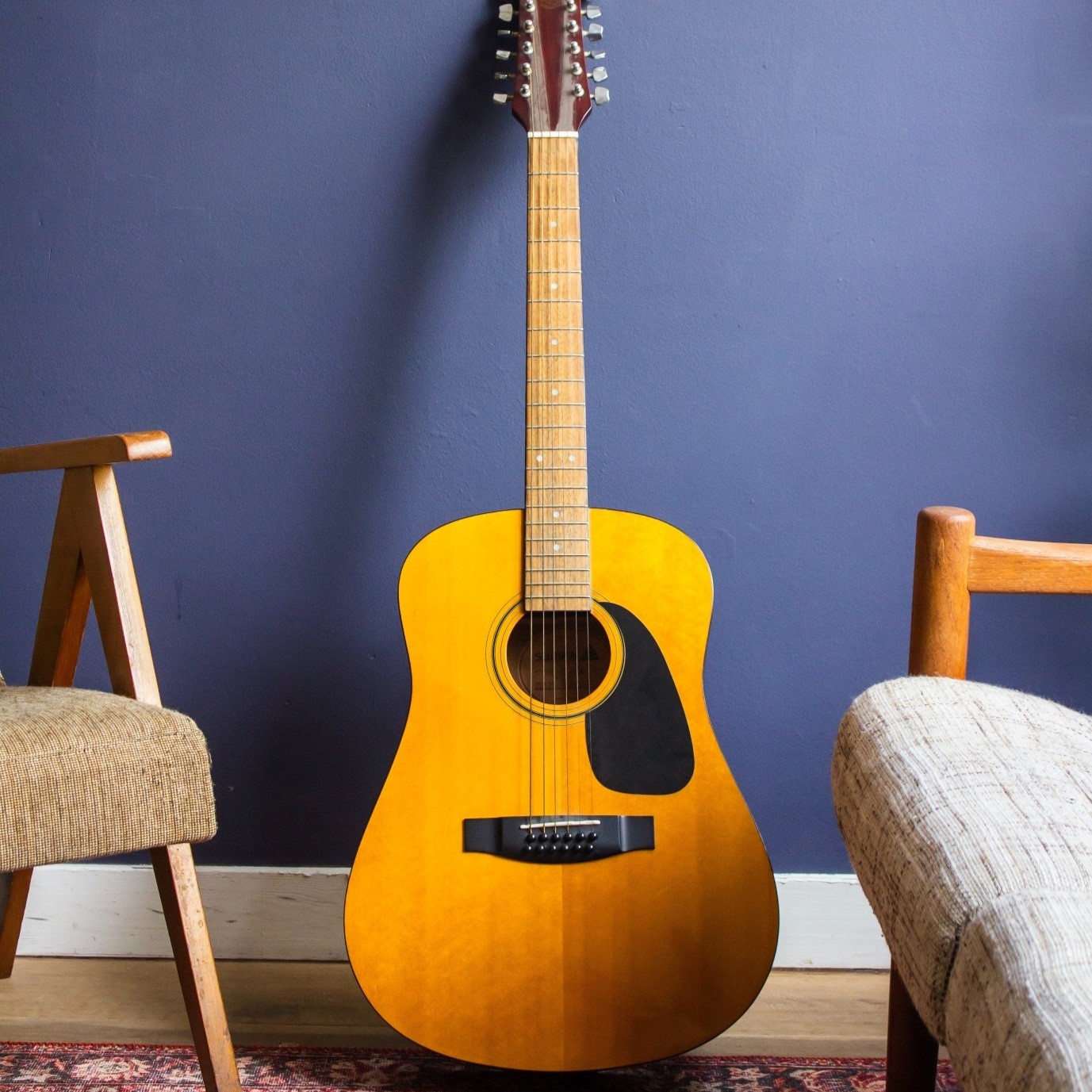
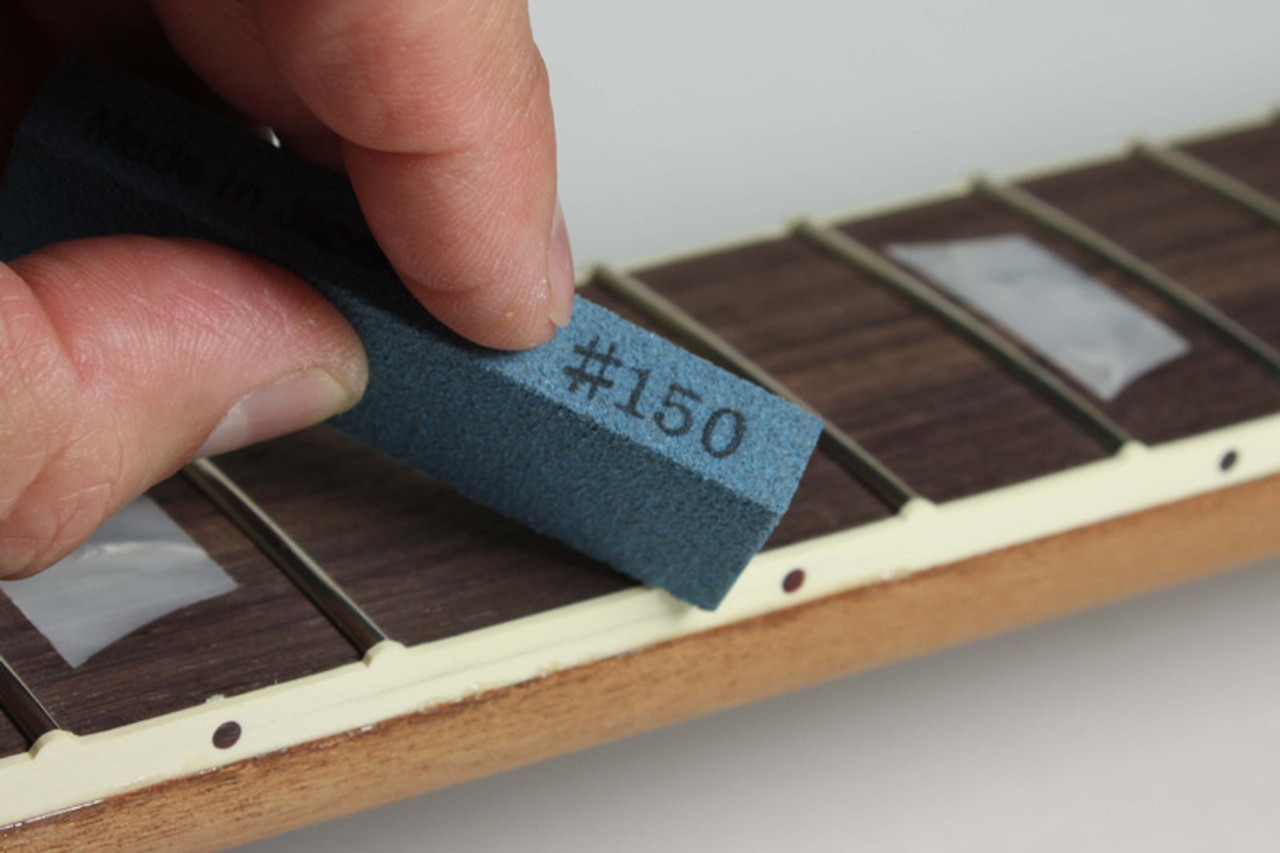
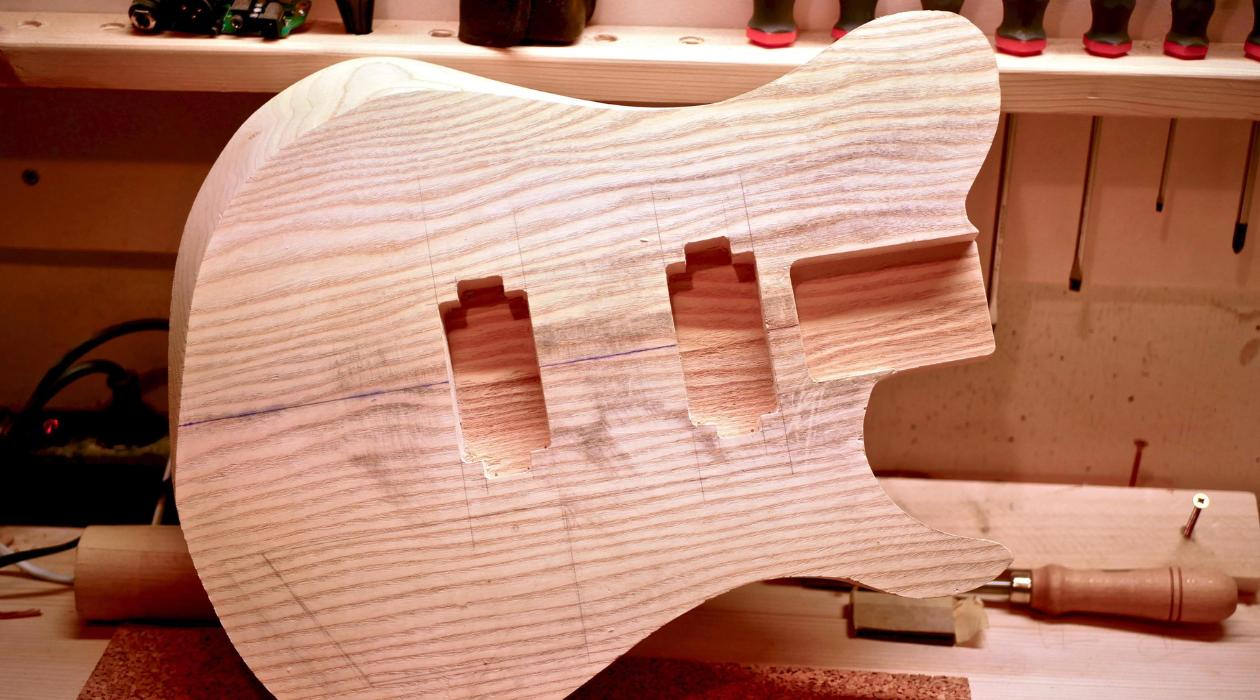
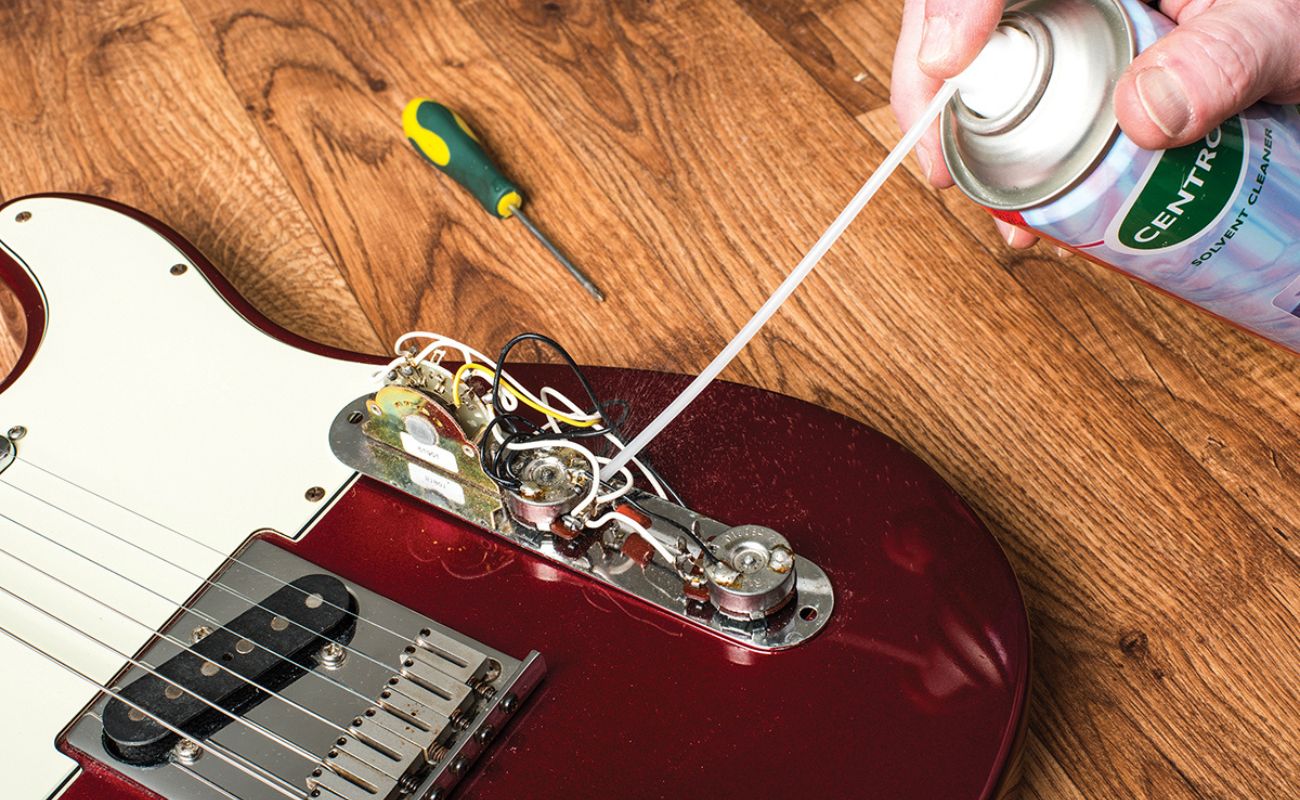

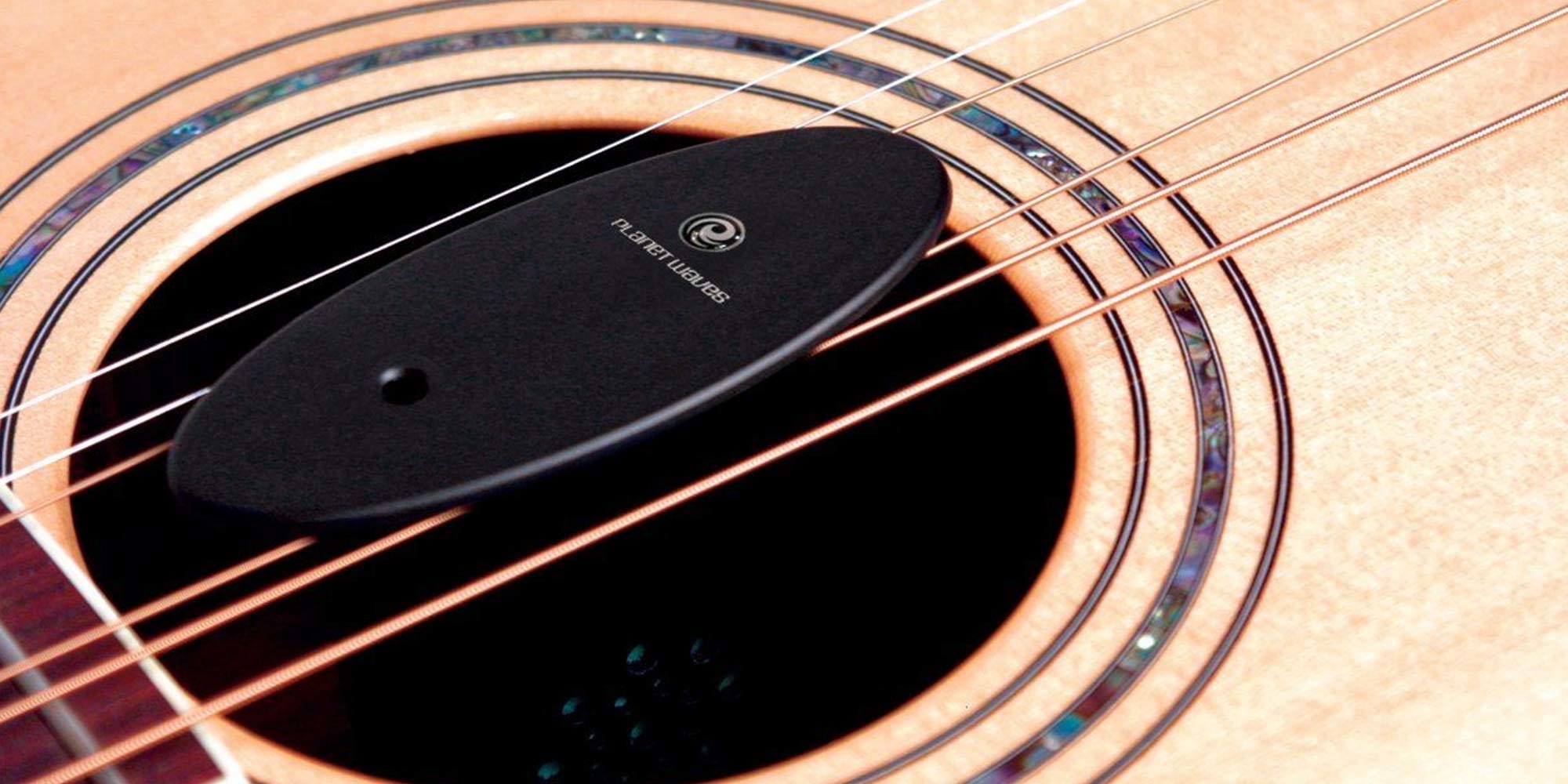
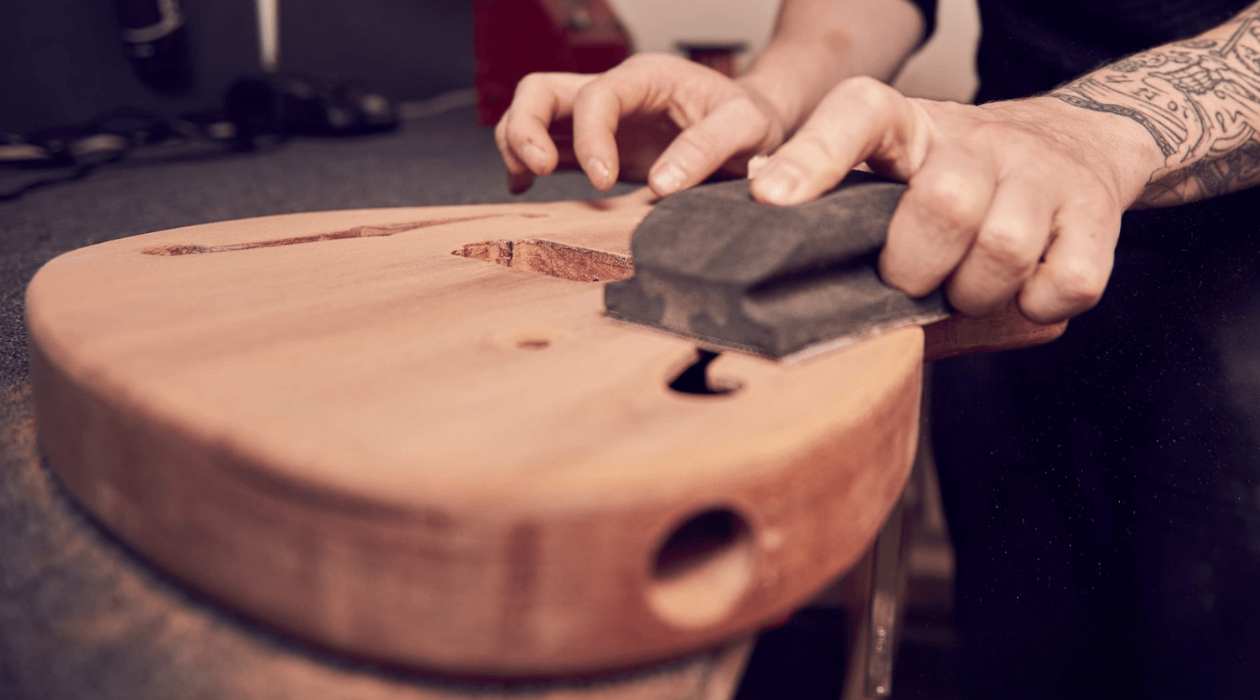
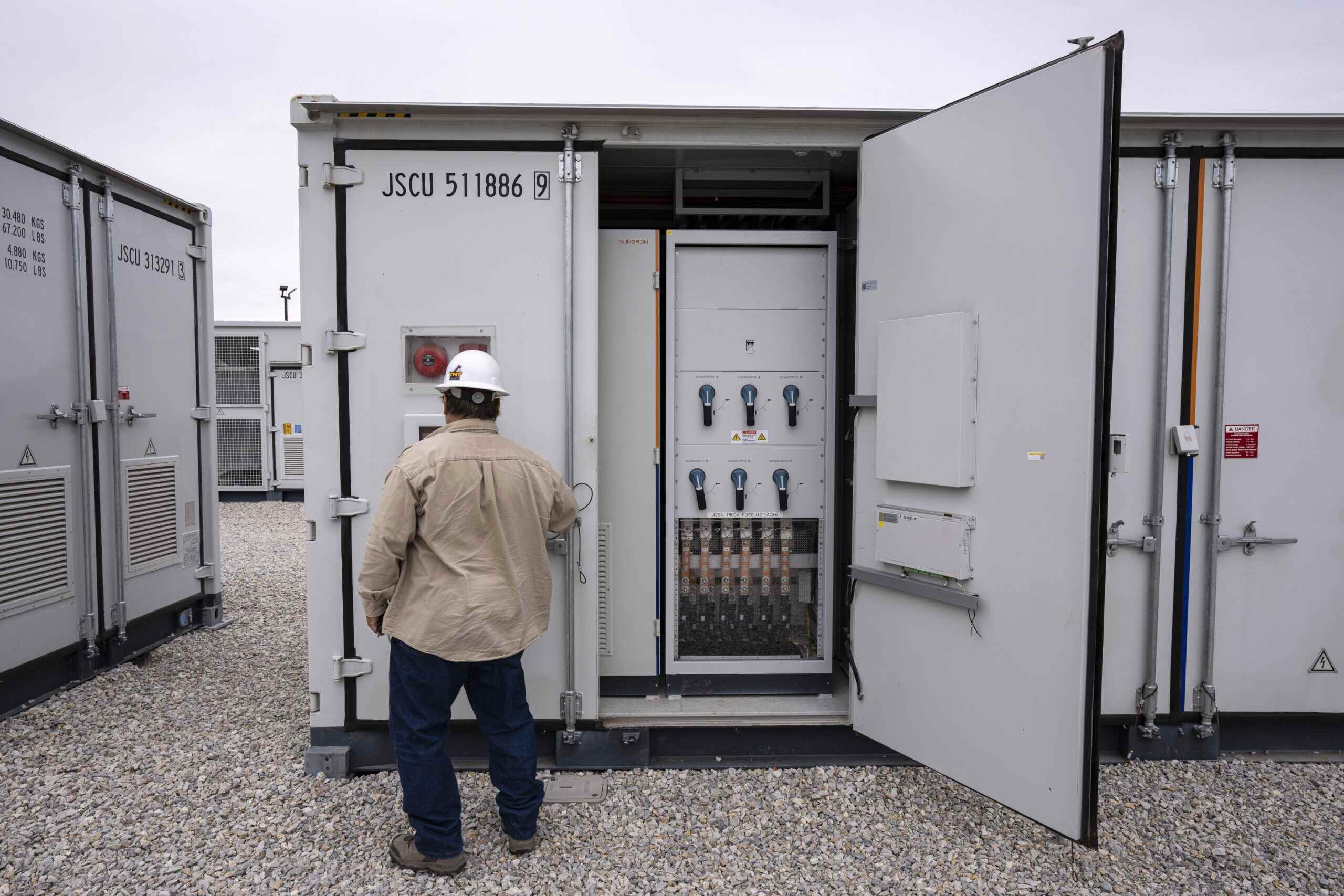

0 thoughts on “How To Store Electric Guitar”